
The assembly and testing of vacuum circuit breakers using assembly line equipment involves sequentially assembling pre-fabricated components such as contacts, arc extinguishers, and operating mechanisms according to the process flow, and adjusting them through automated equipment. During the testing phase, characteristic testing equipment is used to rigorously inspect the electrical performance of the circuit breaker, such as withstand voltage, breaking, and closing capabilities, to ensure that each unit meets technical standards. The entire process is efficiently completed on the assembly line, ensuring the quality and consistency of production.
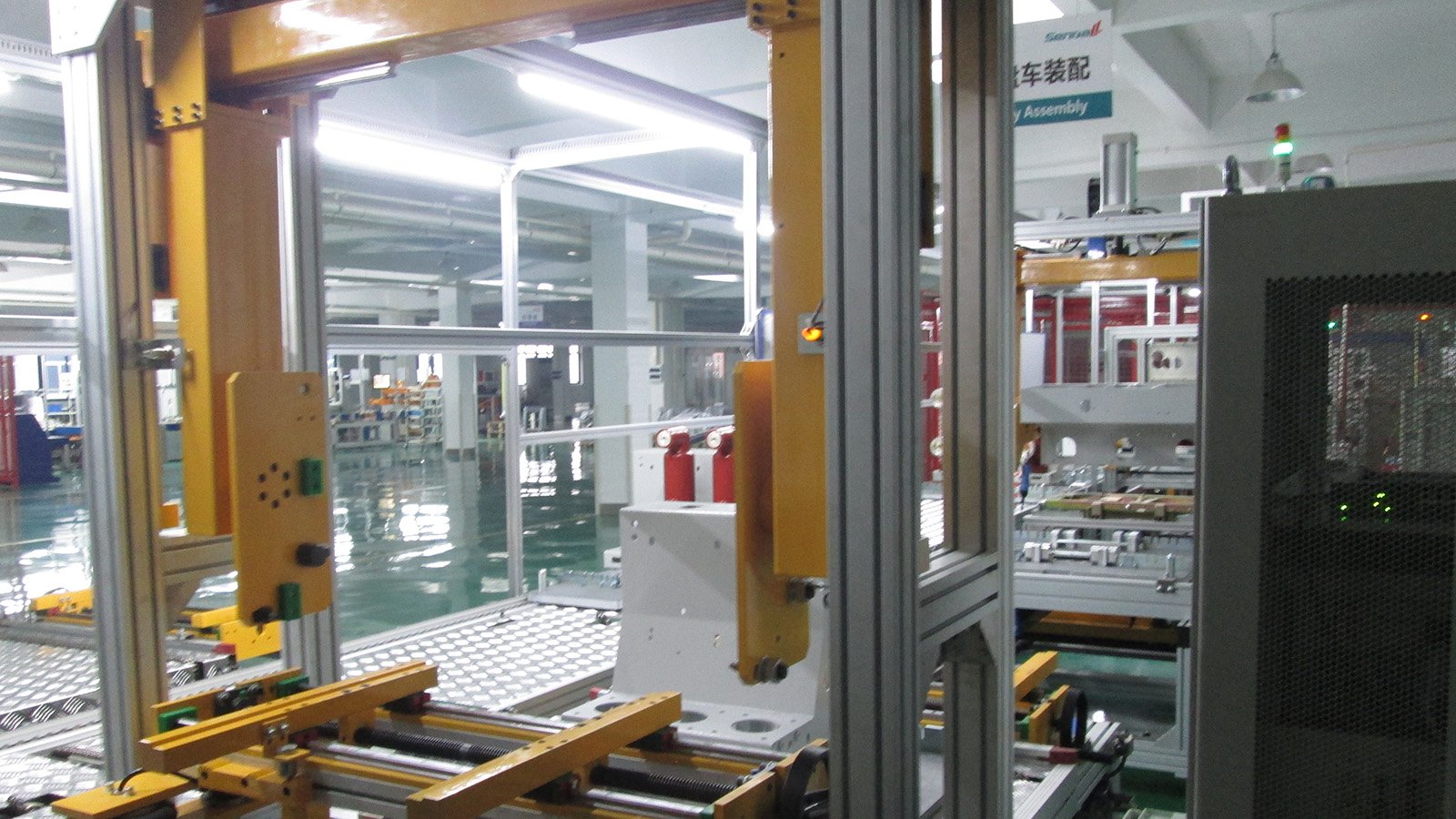
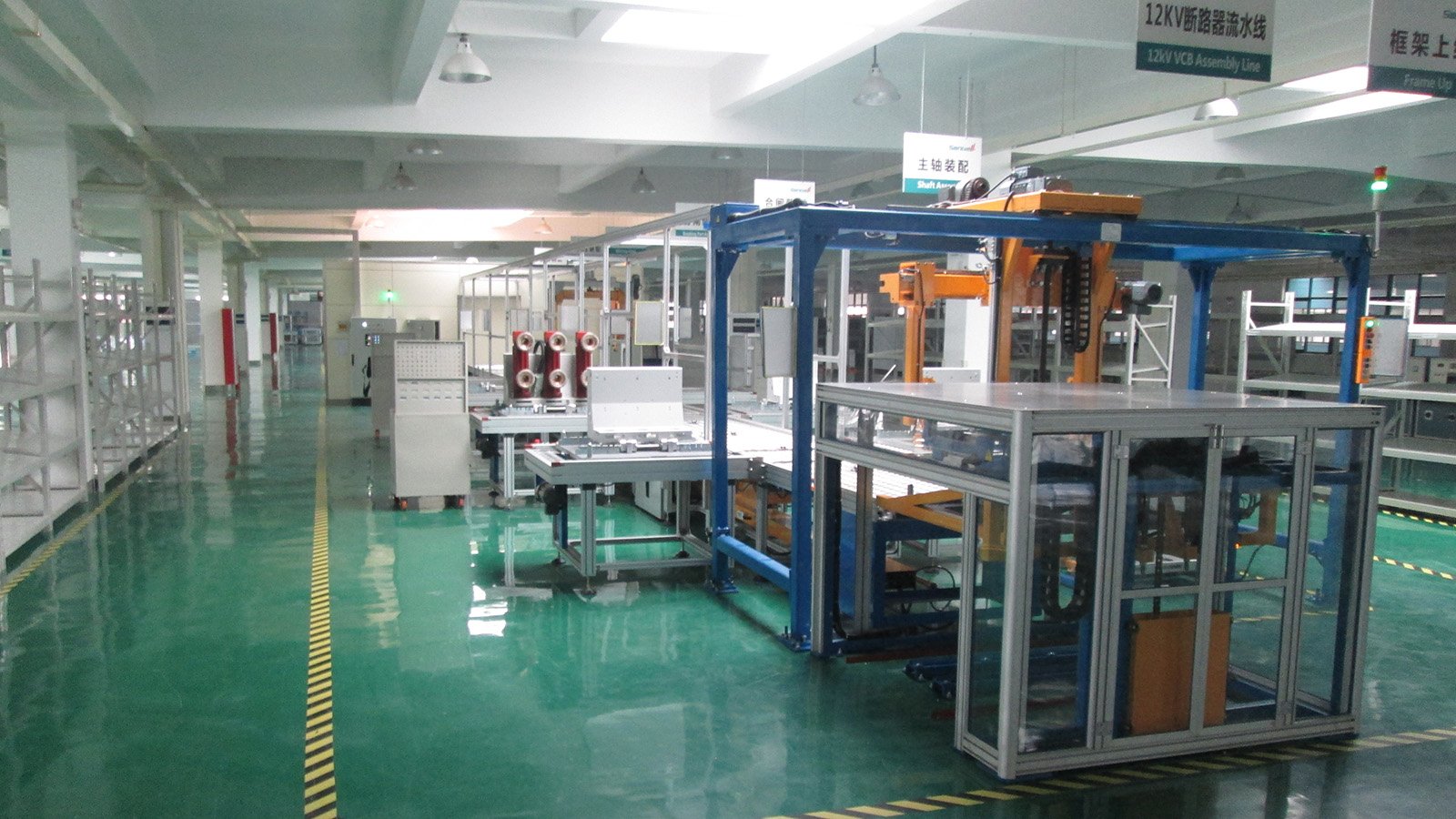
Vacuum circuit breakers are a type of high-voltage switching device widely used in power systems, characterized by several notable features and a series of complex manufacturing processes.
Main Features of Vacuum Circuit Breakers:
- High Interrupting Capacity: Vacuum circuit breakers can interrupt current in a vacuum, thus having a very high breaking capacity.
- Rapid Arc Extinction: Due to the separation of contacts in a vacuum, arcs are not easily formed, achieving rapid arc extinction.
- Long Electrical Life: The wear of contacts when breaking current is minimal, therefore the electrical life is long.
- Low Maintenance Cost: Due to the special properties of the vacuum environment, vacuum circuit breakers do not require frequent maintenance.
- Compact Size and Light Weight: Compared to other types of circuit breakers, vacuum circuit breakers have a smaller size and weight.
- Oil-Free, Gas-Free, and Pollution-Free: Vacuum circuit breakers do not use oil or gas as an insulating medium, making them environmentally friendly.
- Suitable for Frequent Operations: Due to their design and material characteristics, vacuum circuit breakers are suitable for frequent operations.
Manufacturing Process of Vacuum Circuit Breakers:
- Material Selection: Choose materials with good insulating properties and mechanical strength, such as copper, steel, and ceramics.
- Component Machining: Precisely machine the various components of the vacuum circuit breaker.
- Assembly: Assemble the machined components onto the breaker body and perform debugging and calibration.
- Installation of Electromagnetic Components: Install the electromagnetic components in the appropriate positions and connect the control circuits.
- Adjustment of Mechanical Motion Mechanism: Adjust and test the mechanical motion mechanism to ensure its sensitivity and smoothness.
- Testing and Inspection: Conduct electrical characteristic tests, such as breakdown voltage tests, breaking and closing tests, to ensure they meet design requirements and standards.
- Appearance Quality Check: Perform appearance quality checks and performance tests to ensure the quality and reliability of the circuit breaker.
- Packaging and Shipping: After testing and inspection, vacuum circuit breakers are packaged and shipped, with packaging requiring shockproof, moisture-proof, and anti-static measures.
The technical parameters of vacuum circuit breakers include rated voltage, rated current, rated short-circuit breaking current, rated peak withstand current, and rated short-time withstand current. These parameters are crucial for ensuring the correct application of vacuum circuit breakers in power systems.
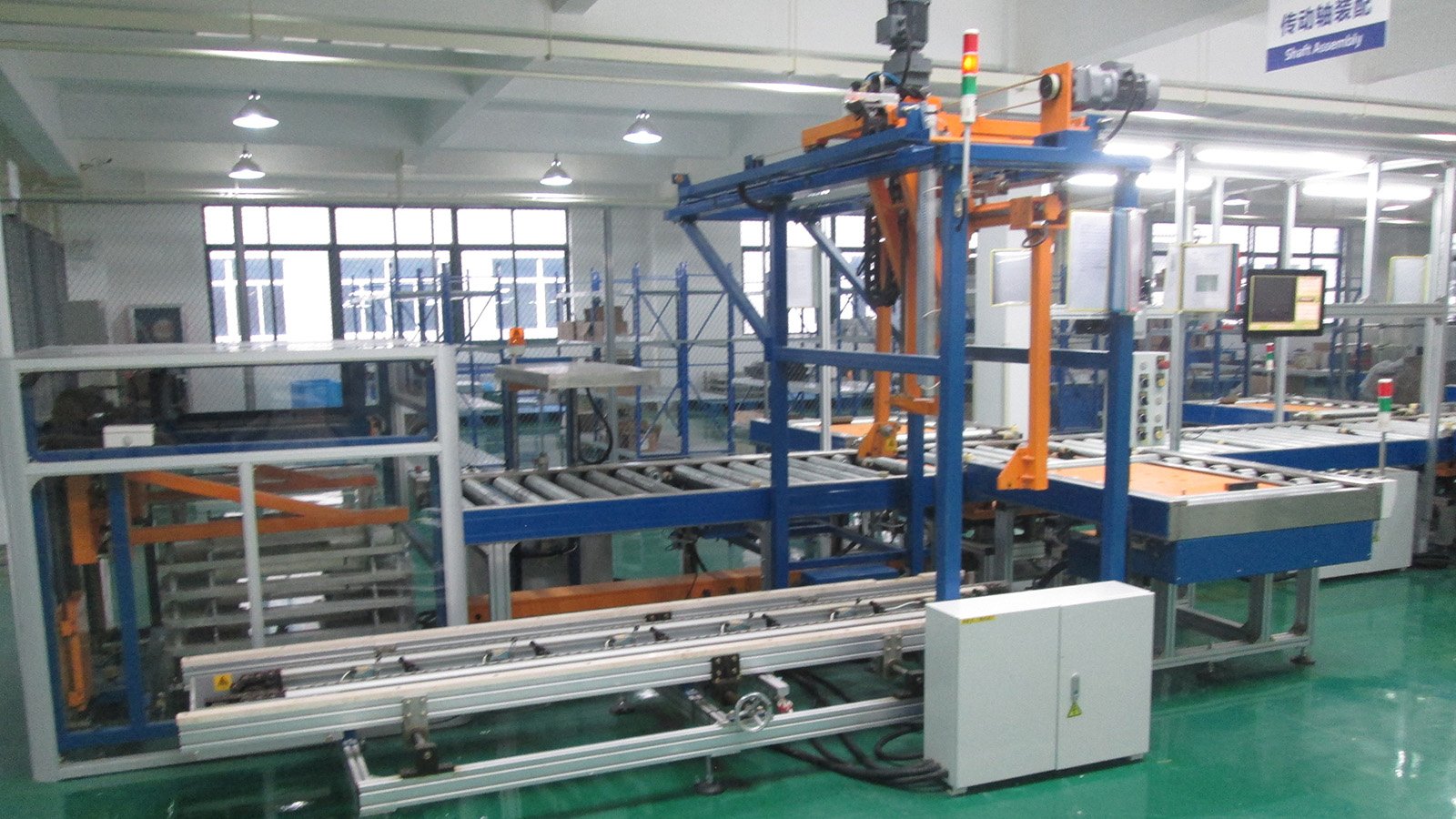
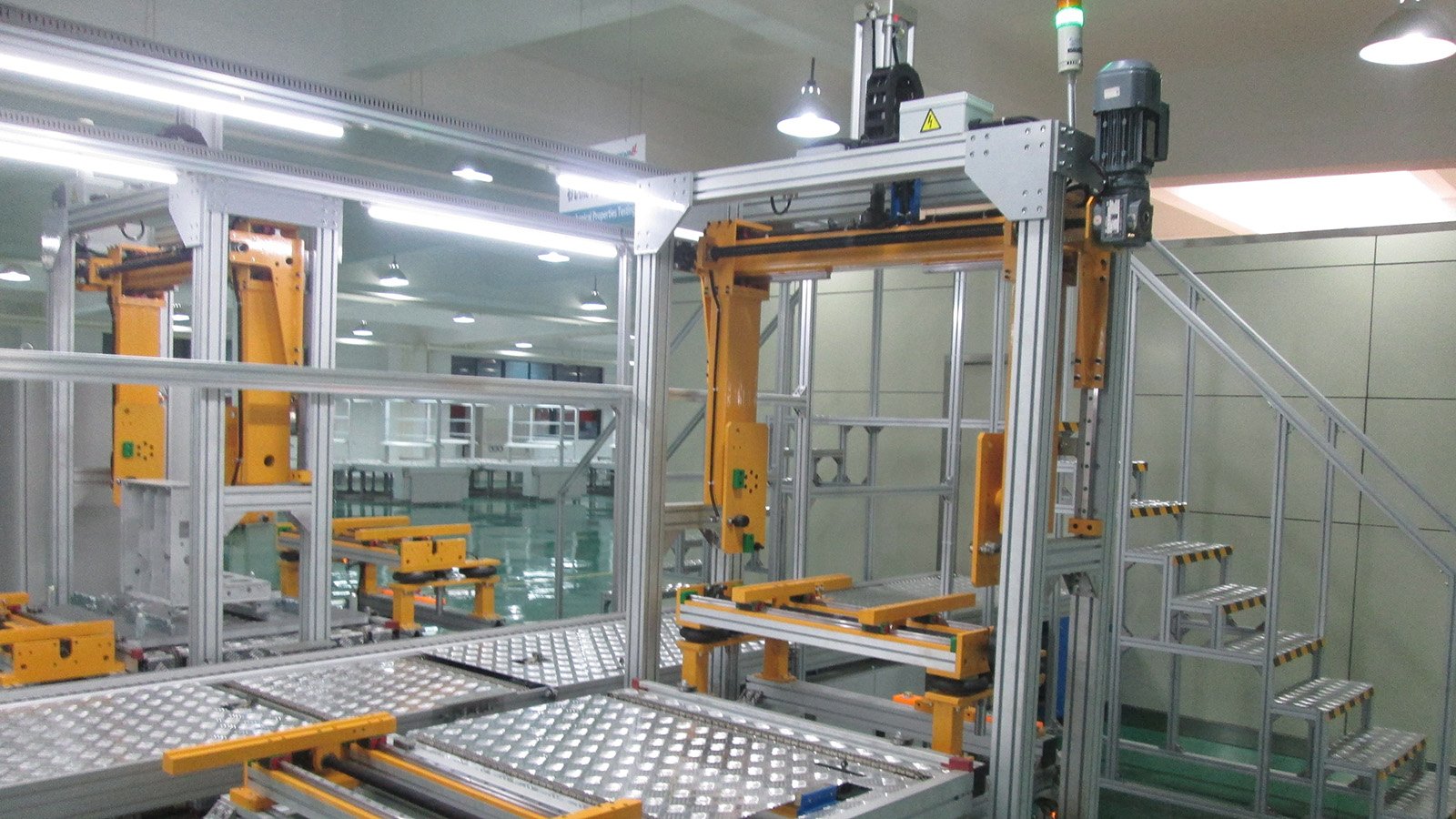
The VS1 vacuum circuit breaker is an indoor high-voltage switching device, mainly used in three-phase power systems with a rated voltage of 12kV and a frequency of 50Hz. It serves as a protective and control electrical apparatus. The structure mainly includes lifting holes, insulating columns, primary contacts, vacuum interrupters, and insulating rods. The assembly process involves material preparation, housing unit assembly, auxiliary unit installation, closing and opening unit assembly, main shaft unit assembly, vacuum interrupter installation, and secondary circuit assembly. The testing process includes appearance inspection, mechanical characteristic testing, voltage withstand testing, loop resistance testing, vacuum degree testing, operating characteristic testing, and low-voltage closing and opening tests.

Technical parameters of the VS1 vacuum circuit breaker include rated voltage, rated current, rated short-circuit breaking current, rated short-circuit making current, rated peak withstand current, rated short-time withstand current, rated insulation level short-time power frequency withstand voltage, lightning impulse withstand voltage, rated operating sequence, mechanical life, number of operations for rated short-circuit breaking current, operating mechanism rated closing voltage, operating mechanism rated opening voltage, rated contact pressure, contact opening distance, contact travel, contact closing and opening asynchronism, contact closing bounce time, average opening speed, opening time, closing time, and the resistance of each phase’s main circuit, etc.
In addition, the dimensions and installation size of the VS1 vacuum circuit breaker are important parts of its structural design to ensure its use in different switchgear. The control circuit diagram details the motor circuit, closing circuit, locking circuit, and opening circuit of the circuit breaker, as well as how to achieve the operation of the circuit breaker through auxiliary switches, coils, etc.
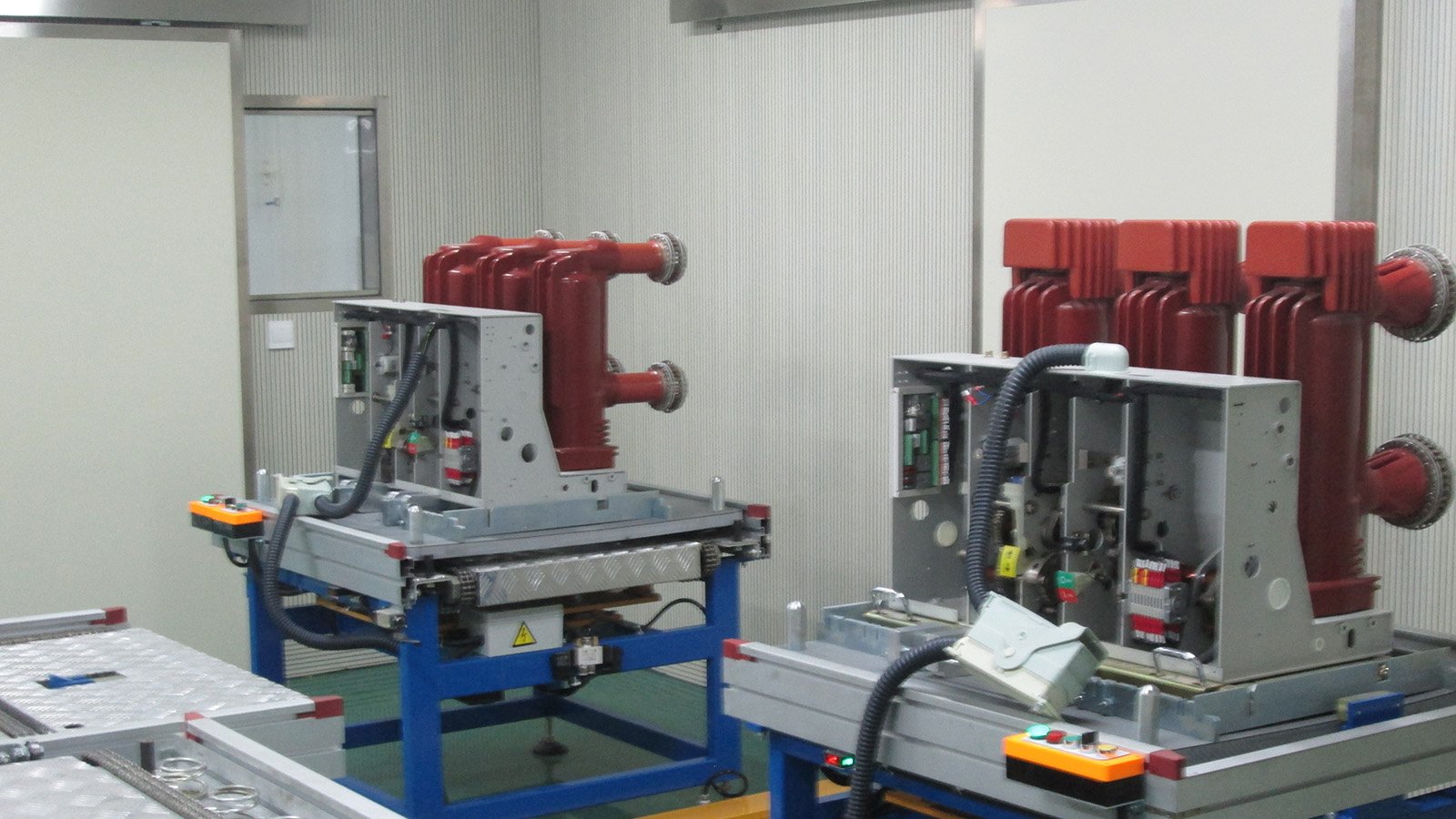
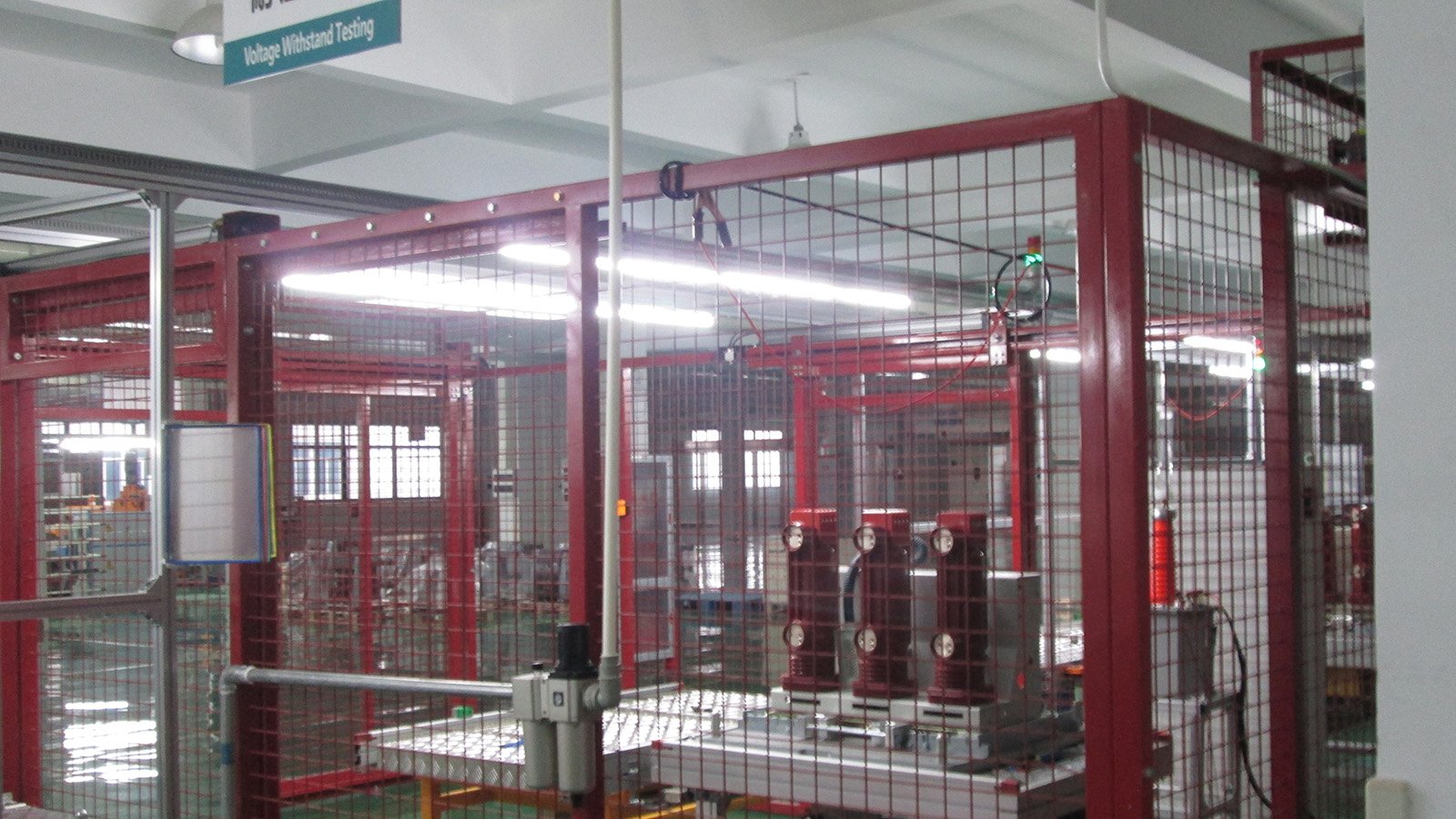
Assembling and testing vacuum circuit breakers using an assembly line has the following advantages and characteristics:
- High Efficiency: The assembly line can significantly improve production efficiency since each workstation can focus on specific assembly or testing tasks, reducing the time needed for work transitions.
- Consistent Quality: Standardized operating procedures on the assembly line help ensure that the assembly and testing of each circuit breaker meet uniform quality standards.
- Reduced Errors: By setting up checkpoints on the assembly line, errors can be more easily detected and corrected, thus reducing the defect rate.
- Easy Monitoring and Tracking: The production process on the assembly line is easier to monitor, and production data at each stage can be recorded and tracked for quality control and subsequent analysis.
- Space Saving: The layout of the assembly line can be optimized according to the production space, making the use of the production area more rational.
- Flexibility: The assembly line can be adjusted according to production needs to adapt to the assembly and testing of circuit breakers of different models or specifications.
- Reduced Labor Costs: An assembly line with a high degree of automation can reduce reliance on manual operations, lowering labor intensity and costs.
- Improved Safety: The assembly line can perform dangerous or highly repetitive tasks with automated equipment, reducing workplace accidents.
- Easy Maintenance: The modular design of the assembly line makes equipment maintenance and upgrades more convenient.
- Environmental Control: Operations on the assembly line can be carried out in a controlled environment, such as a clean room, to ensure the cleanliness and performance of the products.
- MES System Support: Modern assembly lines are often integrated with Manufacturing Execution Systems (MES), enabling real-time monitoring, data collection, and process management, further improving production efficiency and product quality.
- Traceability: Each product on the assembly line can be marked and tracked, ensuring traceability of the products, which is convenient for quality control and after-sales service.
Through the assembly line assembly and testing, the production process of vacuum circuit breakers can achieve automation, standardization, and informatization, thereby improving production efficiency, ensuring product quality, and reducing costs.

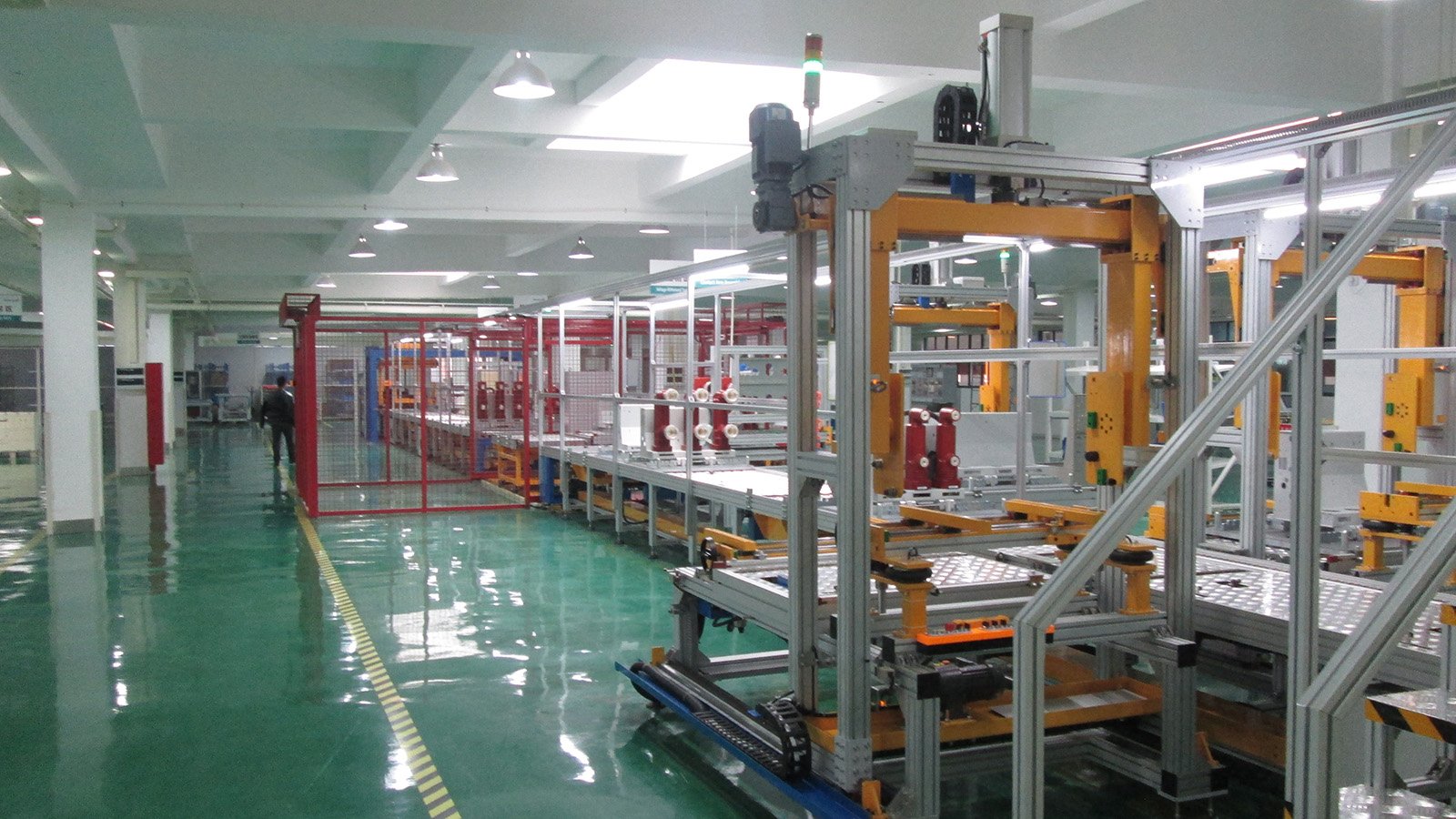
The challenges in manufacturing vacuum circuit breakers are mainly concentrated in the following areas:
- Manufacturing of Vacuum Interrupter Chamber: The vacuum interrupter chamber is the core component of the vacuum circuit breaker, and its manufacturing requires extremely high precision. It is necessary to ensure a very high vacuum degree and the excellent insulating and conducting properties of materials.
- Precision Control of Operating Mechanism: The operating mechanism must be precisely controlled to ensure the stable performance of the circuit breaker during the closing and opening processes, which sets high requirements for mechanical processing and control systems.
- Guarantee of Insulation Performance: As vacuum circuit breakers operate in high-voltage environments, ensuring their insulation performance is a significant challenge, requiring the use of high-performance insulating materials and precise insulation structure design.
- Selection of Contact Materials: Contact materials need to withstand high temperatures without melting when breaking current and must be wear-resistant.
- Application of Intelligent Technology: With the development of smart grids, vacuum circuit breakers also need to integrate more intelligent functions, such as status monitoring and fault diagnosis, which requires manufacturers to have not only mechanical manufacturing capabilities but also advanced electronic and information technology skills.
- Environmental Adaptability: Vacuum circuit breakers need to work reliably under various environmental conditions, including temperature, humidity, pollution, and vibration, which poses additional requirements for their design and material selection.
- Stability of Mechanical Characteristics: The mechanical characteristics of the operating mechanism, such as closing synchronicity, bouncing, and over-travel, need to maintain a high degree of consistency during operation, which sets strict requirements for manufacturing and assembly processes.
In the assembly and testing process, the following matters need to be paid attention to:
- Cleanliness: The assembly environment must be kept clean to prevent dust and impurities from entering the vacuum interrupter chamber.
- Precision Assembly: All components must be precisely assembled to ensure the mechanical and electrical performance of the circuit breaker.
- Comprehensive Testing: Comprehensive testing, including mechanical characteristic testing, voltage withstand testing, and loop resistance testing, is required to ensure that the performance of the circuit breaker meets standards.
- Inspection of Operating Mechanism: Regularly inspect the flexibility and reliability of the operating mechanism to ensure its normal operation.
- Maintenance and Repair: Develop strict maintenance and repair plans to identify and resolve potential problems in a timely manner.
- User Operation Training: Provide appropriate training for operators to ensure they understand the operating and maintenance requirements of the circuit breaker.
- Safety Measures: Appropriate safety measures, such as setting up fences and having a dedicated guardian, must be taken during high-voltage tests to prevent accidental injuries.
By addressing these challenges and paying attention to these matters, the quality and performance of vacuum circuit breakers can be ensured, meeting the requirements for the safe and reliable operation of power systems.
